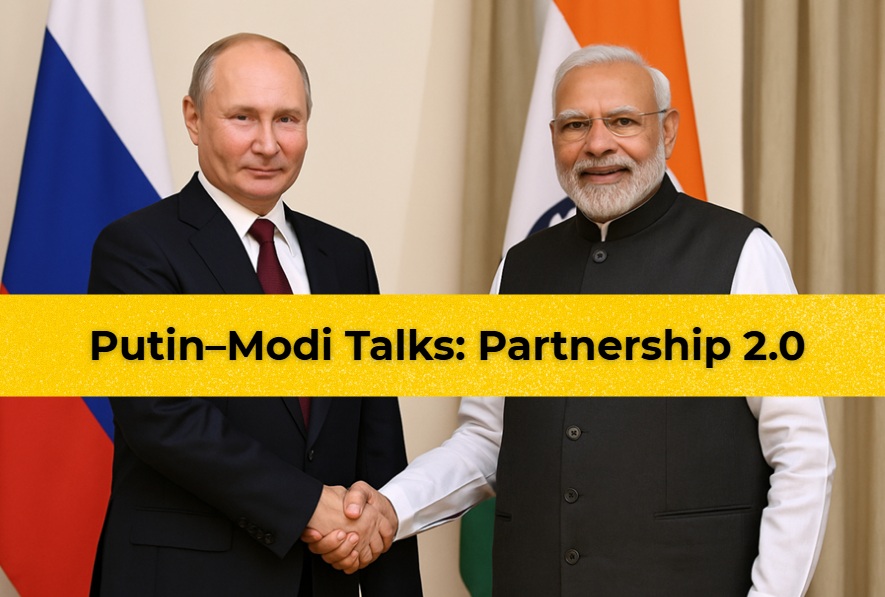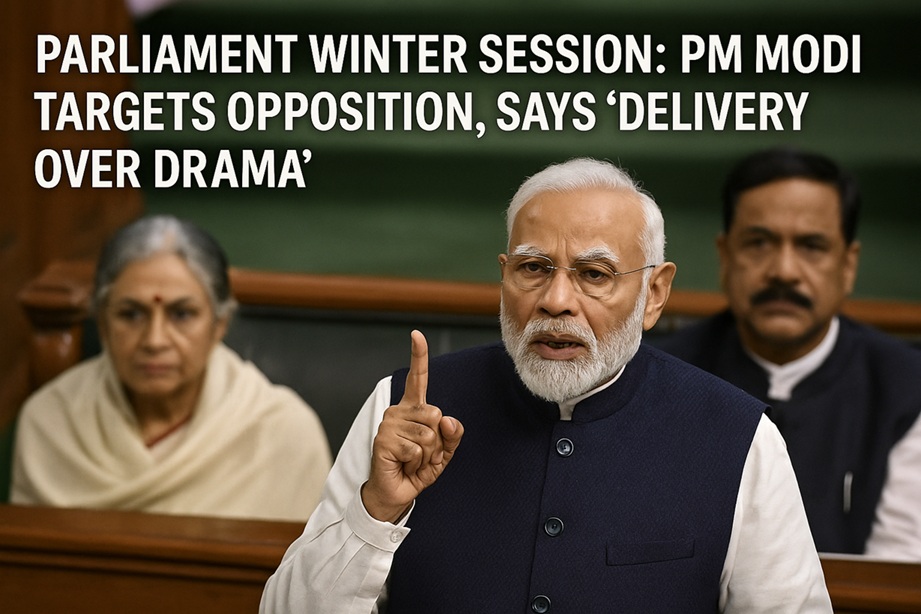From Pakistan and Sri Lanka to Nepal and Bangladesh, regime change has become a recurring script. But a sensational claim says the same playbook was attempted in India—through a plot called Operation 37.
Meta Description:
A deep-dive into Operation 37—the alleged conspiracy to destabilize Prime Minister Modi’s government. Was the U.S. Deep State behind attempts to turn India into another Pakistan or Sri Lanka? Here’s the full story.
The South Asian Coup Playbook
History shows that governments in Pakistan, Sri Lanka, Bangladesh, and now Nepal have been shaken or toppled by mass unrest, coups, or foreign-backed interventions. Observers note a recurring pattern: when South Asia burns, Washington is often accused of fanning the flames.
Whether it was Myanmar’s military coup, Pakistan’s political crisis, or Sri Lanka’s violent protests, analysts see the mark of an invisible hand—the American Deep State, an establishment accused of exporting regime change while claiming to champion democracy.
Was Modi the Next Target?
India, too, was allegedly on this list. According to explosive claims, a plan was crafted to destabilize New Delhi and remove Prime Minister Narendra Modi from power. This covert operation, referred to as “Operation 37”, aimed to fracture the ruling coalition from within.
What Exactly Was Operation 37?
The heart of the plan, as alleged, was to persuade or pressure 37 Members of Parliament—from the BJP or its allies—to revolt. If they withdrew support, the Modi government would slip into minority status.
The opposition, led by Congress, the Left, and regional parties, would seize the opportunity to launch protests, amplify street unrest, and paint a picture of a government that had lost legitimacy. Ultimately, the Prime Minister would be cornered into resigning.
These 37 MPs have been described as India’s modern-day “Mir Jafars”—political traitors working in tandem with foreign interests. While their names remain undisclosed, insiders claim the government knows exactly who they are.
Why the U.S. Deep State is Suspected
Critics argue that this had nothing to do with trade policies or Russia. The mission was singular: remove Modi, destabilize India, and replicate the chaos of Pakistan, Bangladesh, or Nepal.
The strategy is familiar: topple leaders who resist global power structures, fuel street protests, and cultivate insiders willing to sabotage from within. But unlike fragile South Asian democracies, India has a strong political backbone in the form of the RSS and BJP, making foreign-engineered chaos far harder to execute.
The Indian Connection: Opposition & Dhankhar’s Silence
The story becomes murkier with domestic allegations. Opposition figures like Pawan Khera hinted that “Modi will be gone in a few months,” raising eyebrows. Some reports even suggested Vice President Jagdeep Dhankhar faced quiet pressure to resign after an impeachment motion was drafted.
Speculation ran wild that Dhankhar was in touch with opposition leaders like Arvind Kejriwal and was influenced by strategists like Jairam Ramesh. Though unproven, his sudden silence and absence from the spotlight only fuelled the mystery.
Why BJP Delayed Leadership Changes
BJP’s internal leadership shake-up, including the announcement of a new party president, was expected in August but was postponed. Party insiders suggest the delay was intentional—to weed out compromised figures who may have been among the suspected 37 MPs.
This signals that a major purge within both the organization and cabinet could be on the horizon.
The Stakes of Operation 37
If Operation 37 was indeed real, its implications are staggering. It would mean that elected representatives were willing to betray their mandate at the behest of foreign powers. It would also confirm that India was targeted by the same global regime-change machinery that destabilized its neighbors.
But it would also highlight India’s resilience. Unlike Sri Lanka or Pakistan, New Delhi has proven difficult to destabilize. India’s democracy, critics argue, is “bulletproof.”
Whether Regime Change in India Is possible?
For those hoping to turn India into another Pakistan or Bangladesh, the message is clear: as long as Modi and the RSS-BJP machinery hold firm, no Deep State can engineer a coup in New Delhi.
However, the bigger question remains—who were the 37 MPs allegedly ready to betray their own government? The Indian public, many argue, has the right to know.
Until then, Operation 37 stands as both a warning and a reminder: India is not a playground for foreign experiments in regime change.
Keywords
- Operation 37 conspiracy
- Modi government coup plot
- Deep State in South Asia
- Regime change in India
- American Deep State India
- Modi removal plot
- South Asia political crisis
- BJP internal crisis
- Nepal protests Deep State
- India regime change





